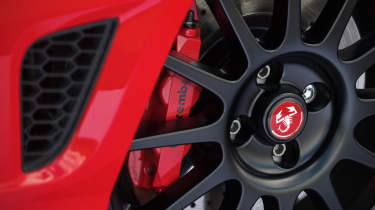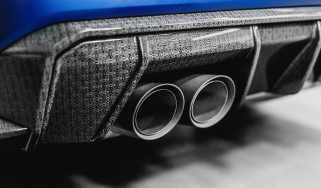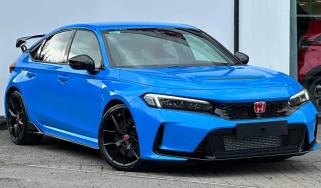Abarth 595 – engine, gearbox and technical highlights
All Abarths use a peppy 1.4-litre turbo engine, with varying outputs from model to model
It’s relatively simple here – all 595s are powered by a 1.4-litre four-cylinder turbocharged powerplant under the T-Jet banner. The only difference between each model is the power and torque it produces due to different turbochargers, air filters and ECU tuning, and the way it sounds courtesy of standard, Record Monza and Akrapovic exhaust systems depending on trim level.
Things kick off with a 143bhp at 5500rpm and 152lb ft at 3000rpm model in the basic Abarth 595, with a standard exhaust system. Next up is the Trofeo, which makes 158bhp at 5500rpm and 170lb ft at 3000rpm, but gets an Abarth air filter and the Record Monza exhaust.
The Turismo makes 5bhp more at the same revs and identical torque, but interestingly gets a Garrett turbocharger rather than an IHI, a different intake system, but the standard Abarth exhaust. Competizione models get the same turbo and intake, but other tweaks and the use of the Record Monza exhaust lift power to 178bhp at 5500rpm and 184lb ft of torque at 3000rpm.
The luxurious Rivale again gets the same turbo and intake and makes the same power and torque, but switches the Record Monza exhaust system for one from Akrapovic.
A five-speed manual transmission was standard on all 595s and 695s, but the Turismo, Competizione and Rivale were additionally available with a five-speed automated manual transmission.
Technically, all Abarths are fairly conventional under the skin, powering their front wheels alone and suspended by struts at the front with a torsion beam at the back, and anti-roll bars both ends.
All models use frequency-selective dampers on at least the front axle, a kind of non-electronic active damping technology developed by Koni, but Trofeo models and up get actual Koni units on the rear and Competizione and Rivales get Konis at both ends, as well as Brembo front brakes. A limited-slip differential is also available on the range-toppers.




